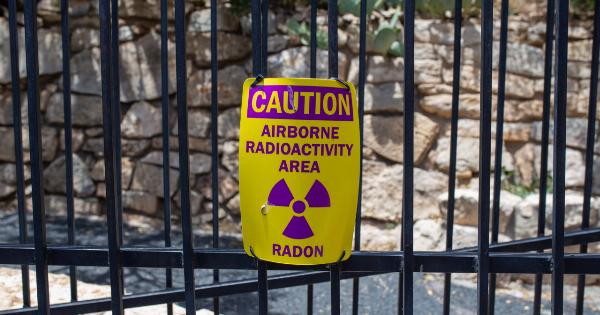The presence of lesions in the thyroid, lungs, and bronchial tubes can be a cause of concern for individuals. Lesions can be either benign or malignant, and it is crucial to differentiate between the two to determine the appropriate treatment plan.
In this article, we will explore the characteristics, causes, symptoms, diagnosis, and treatment options for benign and malignant lesions in the thyroid, lungs, and bronchial tubes.
Thyroid Lesions
The thyroid is a butterfly-shaped gland located in the front of the neck. Lesions in the thyroid can be classified as either benign or malignant.
Benign thyroid lesions are commonly known as thyroid nodules, which are growths or lumps in the thyroid gland. Most thyroid nodules are non-cancerous and do not cause any symptoms. However, if they become larger, they may cause difficulty swallowing or breathing.
Malignant thyroid lesions include thyroid cancer, which can develop from the thyroid nodules. Thyroid cancer is less common compared to benign nodules but requires immediate medical attention.
The common types of thyroid cancer include papillary, follicular, medullary, and anaplastic thyroid cancer. Symptoms of thyroid cancer may include a lump in the neck, changes in voice, difficulty swallowing, and neck pain.
Lung Lesions
Lung lesions are abnormal growths or spots in the lungs. Similar to thyroid lesions, lung lesions can be benign or malignant. Benign lung lesions commonly include hamartomas and granulomas.
Hamartomas are non-cancerous growths that contain a mixture of tissues found in the lungs. Granulomas, on the other hand, are small areas of inflammation and scarring that develop in response to infections like tuberculosis or fungal infections.
Malignant lung lesions primarily refer to lung cancer. Lung cancer is the leading cause of cancer-related deaths worldwide. It typically develops over time due to factors such as smoking, exposure to asbestos or radon, and a family history of lung cancer.
Common types of lung cancer include non-small cell lung cancer and small cell lung cancer. Symptoms of lung cancer can vary but may include a persistent cough, coughing up blood, chest pain, weight loss, and difficulty breathing.
Bronchial Tube Lesions
The bronchial tubes are responsible for carrying air to and from the lungs. Lesions can develop within the bronchial tubes, leading to various health issues. Benign lesions in the bronchial tubes are commonly referred to as benign bronchial tumors.
These tumors are usually non-cancerous and can include adenomas or hamartomas. Although they are rare, benign bronchial tumors can cause symptoms such as persistent cough, wheezing, and shortness of breath.
Malignant lesions in the bronchial tubes primarily involve bronchial carcinoma, also known as bronchogenic carcinoma or lung cancer.
Bronchial carcinoma originates in the cells lining the bronchial tubes and can be classified into two main types: non-small cell lung cancer and small cell lung cancer. Symptoms of bronchial carcinoma may include cough, chest pain, weight loss, difficulty breathing, and recurrent respiratory infections.
Diagnosis and Treatment
The diagnosis of benign and malignant lesions in the thyroid, lungs, and bronchial tubes involves several medical procedures.
For thyroid lesions, a physical examination, ultrasound, and fine-needle aspiration biopsy may be conducted to determine the nature of the nodule. In cases of suspected thyroid cancer, a thyroidectomy (surgical removal of the thyroid gland) may be recommended.
For lung lesions, a chest X-ray or CT scan can provide imaging of the lungs to identify abnormal growths. A biopsy may be performed to assess the nature of the lesion.
Treatment options for lung lesions depend on the specific diagnosis and may include surgery, radiation therapy, chemotherapy, targeted therapy, or immunotherapy.
In the case of bronchial tube lesions, a bronchoscopy may be performed to visualize the lesions and collect tissue samples for biopsy.
Treatment options for bronchial tube lesions also depend on the diagnosis and can include surgical removal, radiation therapy, or a combination of both.
Conclusion
Benign and malignant lesions in the thyroid, lungs, and bronchial tubes require careful evaluation and appropriate management. Proper diagnosis through various medical procedures is crucial to determine the nature of the lesion.
Treatment options may include surgery, radiation therapy, chemotherapy, targeted therapy, or immunotherapy, depending on the specific diagnosis. Early detection and prompt medical attention are vital for a positive prognosis.




























